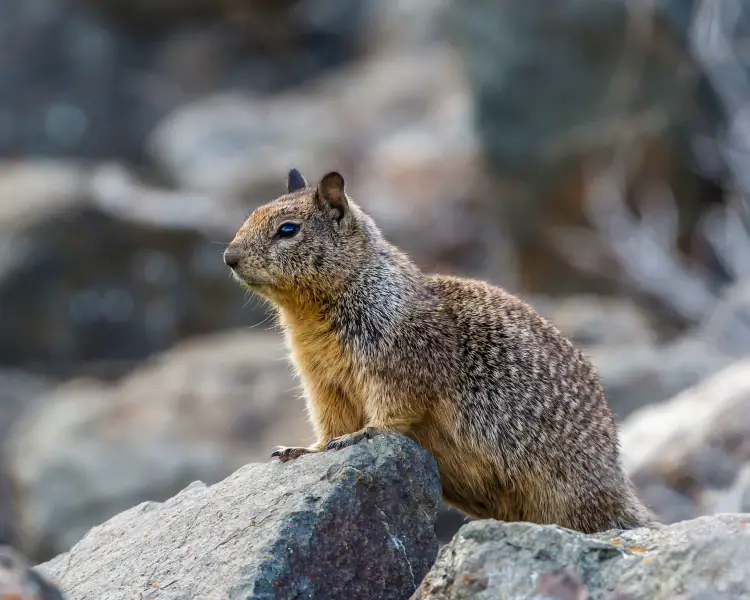The Bone Wars

The bone wars (not a Palaeontology-based rip-off of a well-known sci-fi film series) is one of my personal favourite stories in the history of science. Not only does it highlight how far we have come in recognising such malpractice in the field, but also shows how some early professionals allowed their egos to get the better of them, rather than the purpose of discovery. The story starts in the 1870s and involves two American naturalists; Edward Drinker Cope and Othniel Charles Marsh. Like most scientists of the time, both men were able to pursue an education and career thanks to a wealthy inheritance, which allowed them to carry out their expeditions and research. The relationship between the two actually started off as a rather positive one. They would collaborate in research together during the early ages of Palaeontology, and bringing discoveries from North America to Europe, which was revolutionary at the time. They even named discoveries after each other, Colosteus marshii and
